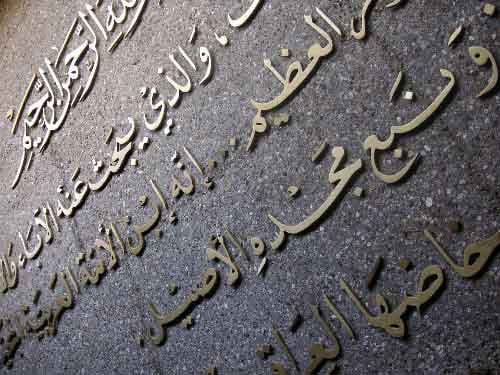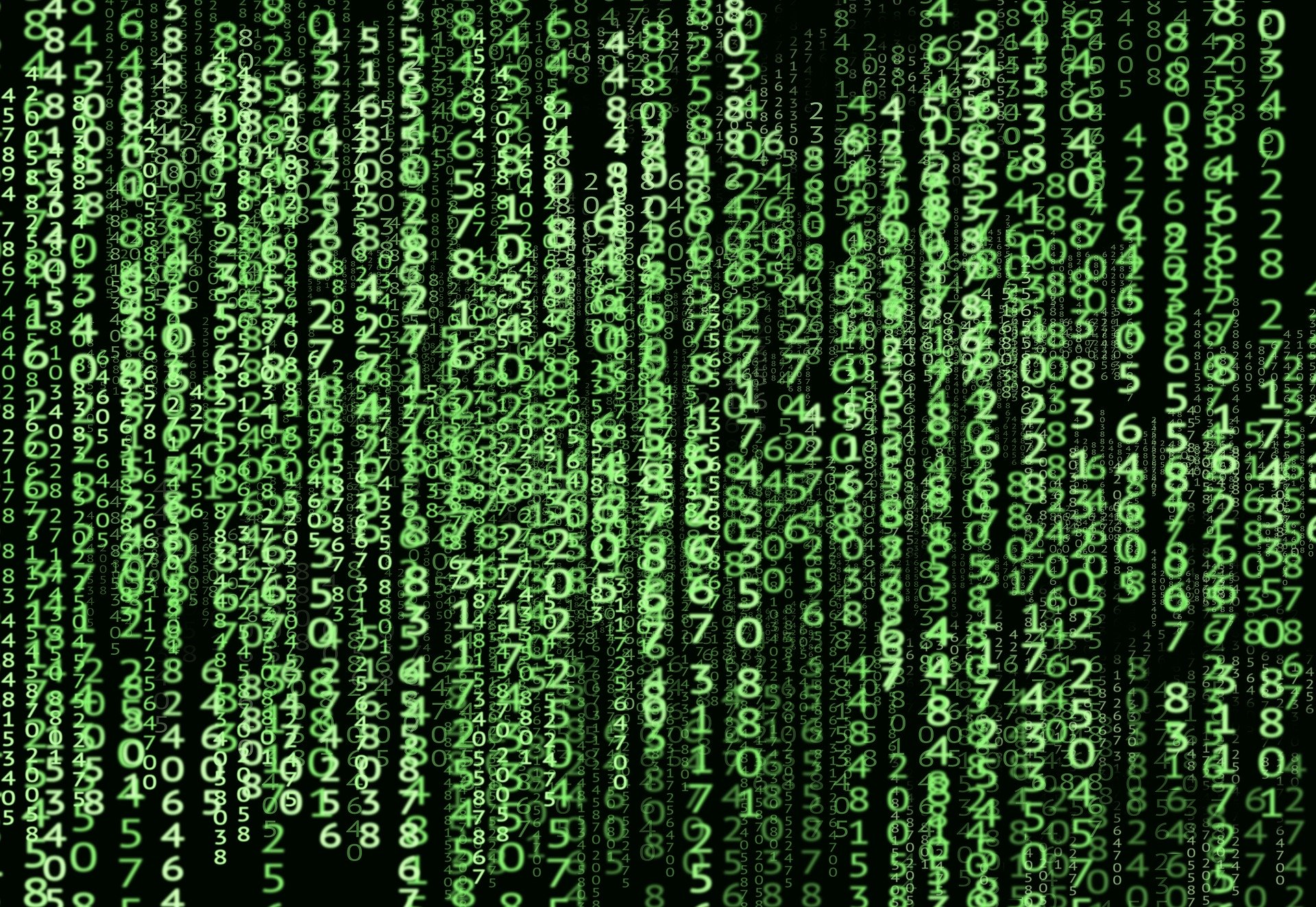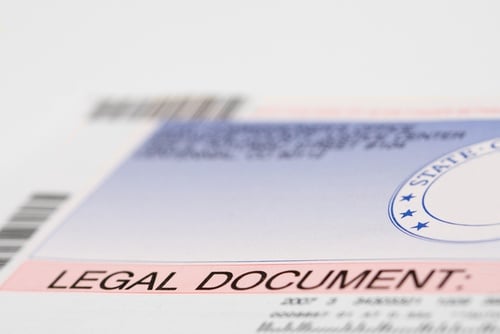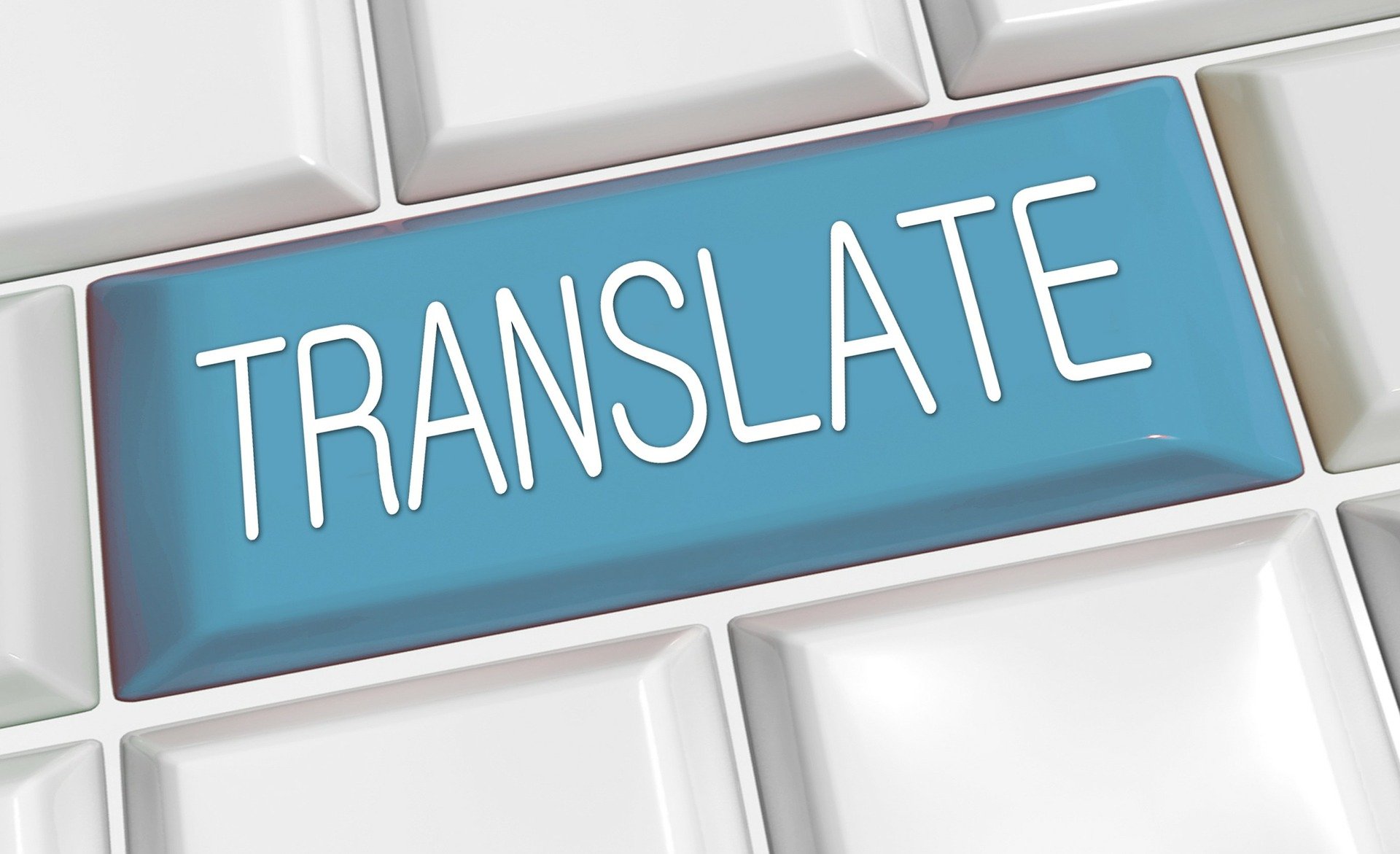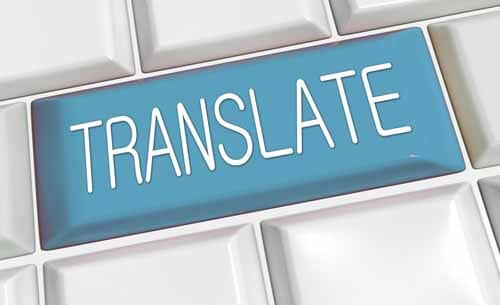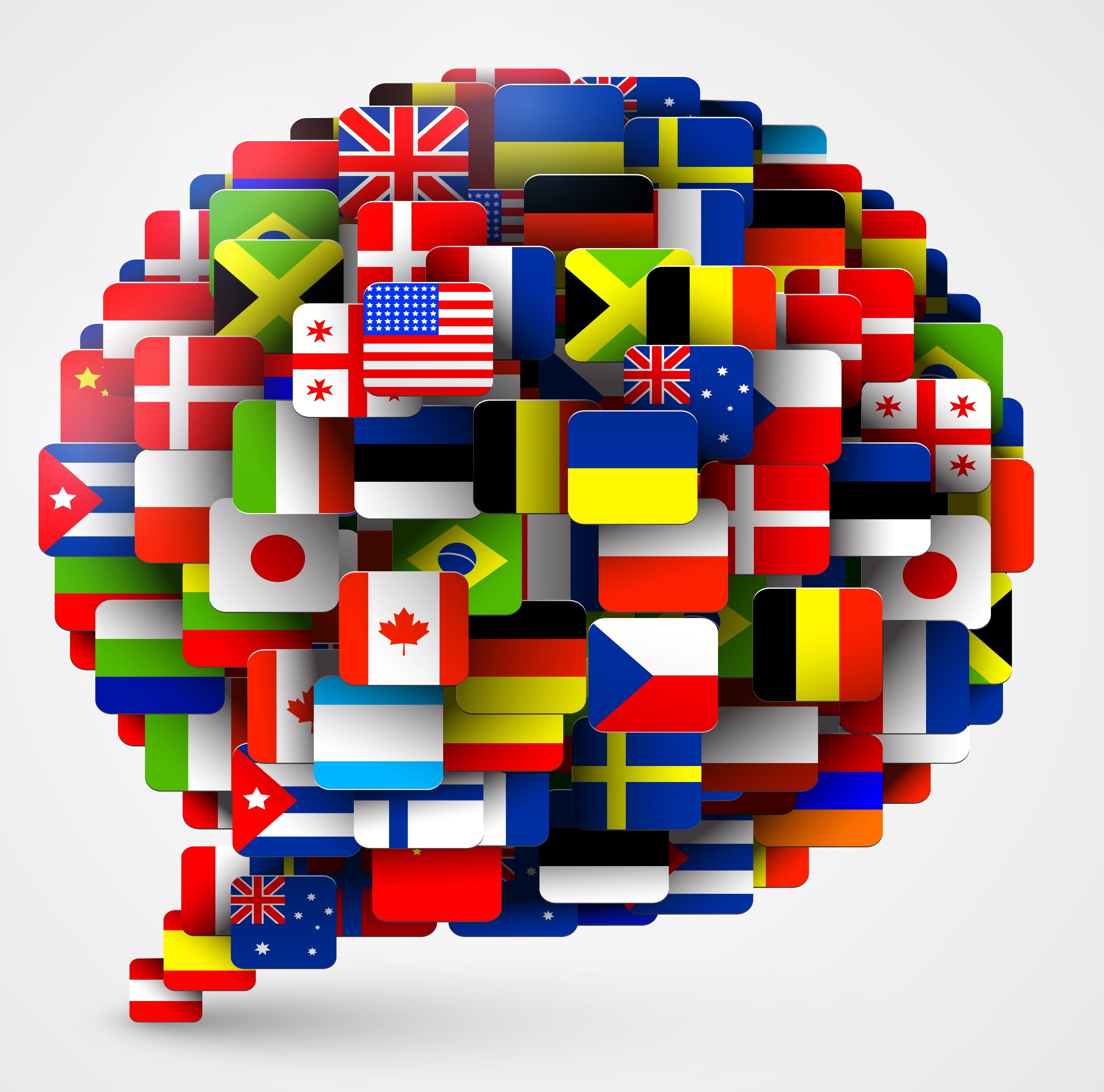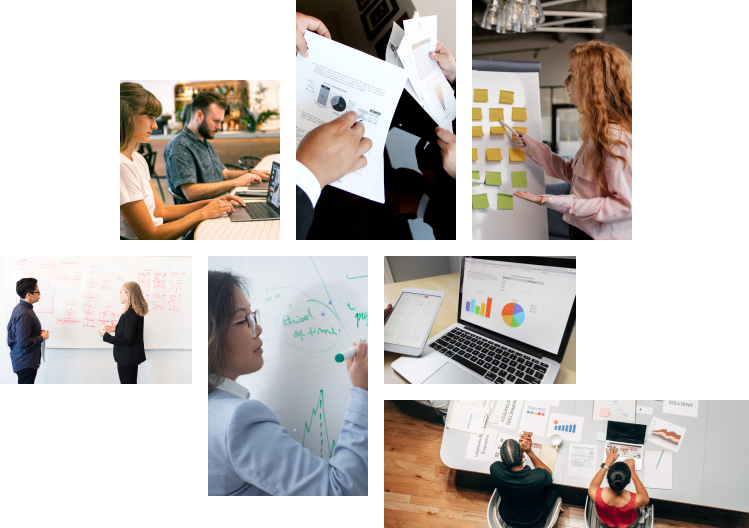Listen to Audio Version:
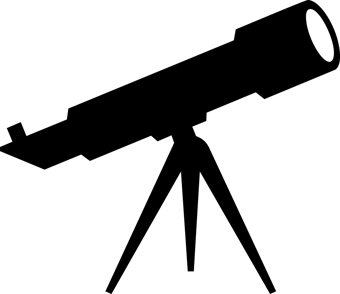 Imagine that you’ve just bought a refractor telescope. As you assemble the pieces, you follow the instructions: “Slide counterweight onto the counterweight shaft and secure the counterweight by tightening the counterweight locking knob. Screw counterweight shaft onto the base of the declination axis on the equatorial mount. Once this shaft is firmly in place, release the locking knob. Adjust the counterweight up some 50 mm from the end of the shaft and re-tighten the locking knob.”
Imagine that you’ve just bought a refractor telescope. As you assemble the pieces, you follow the instructions: “Slide counterweight onto the counterweight shaft and secure the counterweight by tightening the counterweight locking knob. Screw counterweight shaft onto the base of the declination axis on the equatorial mount. Once this shaft is firmly in place, release the locking knob. Adjust the counterweight up some 50 mm from the end of the shaft and re-tighten the locking knob.”
Without any scientific background, you might be slightly confused by the terminology, but with the help of diagrams, you probably could figure out the instructions. The material is technical but not overly complex. Now suppose that your native language is Arabic and the telescope company has chosen to use Google Translate to change the instructions from English into Arabic. If you changed those same words back into English, it would read: “Move the weight of the weight on the weight column and secure the weight of the balance by tightening the load handle balancing weight. Attach the balancer column to the base of the deflection axis on the equator. Once this column is stationary…”
In addition to the grammar being confusing, the directions mysteriously refer to the “equator”! If something more complex like a dialysis machine or a satellite system were being assembled, the poor translation could have catastrophic consequences. Don’t ever depend on machine translation when technical descriptions are required. Tough words require even tougher translation standards, something Rapport International understands. Whether it’s working with the Astrophysics Institute of the Canary Islands or a local company like Ranfac Corporation, which manufactures highly technical medical devices, Rapport International can handle the following challenges inherent when translating technical documents.
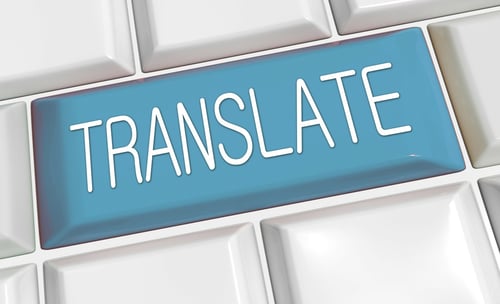 Finding The Best Translator For The Job
Finding The Best Translator For The Job
Regardless of how simple the ideas or phrases, translation can be complicated, so technical material requires even more scrutiny. Hiring translators with the correct scientific background, as well as fluency in the desired language, is critical. Even with a background in engineering, a translator might have to do some research to fully understand the intricacies of the material he or she is translating before a job can be completed. Good translators never take on work they don’t feel competent to complete and they also educate themselves about the material they’ve agreed to translate.
Don’t know where those good translators are or which ones to trust? Let a professional translation agency steer you in the right direction. With numerous qualified translators at their disposal, a language service provider can save time and eliminate stress for everyone involved once the needs and details of any project are discussed with a project manager. When Rapport International provides technical translation for a client, the project managers know it is important to find a translator that is business savvy as well as computer literate and experienced in technical terminology. Assigning the right person for the job is the first step towards accurate translations.
New Technology = New Words
Sometimes material is so new or so technical that translation doesn’t exist. This scenario isn’t unusual for experienced translation agencies or their translators. Typically, when new words are used there is a process in place for determining whether to leave the word in its original language, to translate it as a descriptor, or to come up with a new word. But no decision is left to chance. Throughout the translation process, terminology is discussed between translator and client so that the client always has the final say in how new or challenging words are translated.
Comptus, a leading global producer of quality commercial and industrial application wind sensors, environmental sensors, transmitters and controls, has a unique vocabulary when describing its inventory of products. Words like “photosynthetically active radiation,” “pyranometer output,” and “integrated silicon absolute pressure sensor” are commonplace, so when Rapport International provided product and website translations for them it was our responsibility to find translators who were fluent in both the technical language and how it was applied to the products as well as specific foreign languages.

Adhering to Source Text
No matter how difficult the terminology or how complex the subject, translators strive for accuracy concerning entire documents. Graphs, figures, drawings, scientific terminology, software code, and even legal terms are viewed as essential elements of technical translations. Professional translators understand that altering any part or even a single word can cause major problems for clients and their customers.
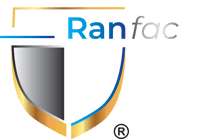 Working with a company like Ranfac, a company that works with medical device product design, through manufacturing, assembly and packaging, Rapport International understands the importance of pictures and diagrams to help sell products. Not only are accurate descriptions necessary, so, too, are straightforward captions and details that accompany illustrations. Of course, working from clean and concise source documents always makes the translation process smoother.
Working with a company like Ranfac, a company that works with medical device product design, through manufacturing, assembly and packaging, Rapport International understands the importance of pictures and diagrams to help sell products. Not only are accurate descriptions necessary, so, too, are straightforward captions and details that accompany illustrations. Of course, working from clean and concise source documents always makes the translation process smoother.
Typically, when looking at a source text, only 5 – 10% of content is terminology, so it’s also imperative that translators understand how culture, syntax, and occupational perspectives can alter the nuances of meaning. For instance, the word “leverage” to an engineer means “the action of a lever” but to a politician, the same word might refer to “a means of gaining more political power.” To clarify how words are used and to ensure that consistency is maintained throughout a project, translators often create glossaries. A glossary should never be considered an additional or unnecessary expense because in the end, it saves time, money, and complications. Glossaries require client input, review, and feedback, thereby insuring that translations are technically accurate and that client preferences concerning everything from word definitions to word choices remain intact and consistent.
Without a glossary, translations often appear inconsistent Furthermore, glossary development facilitates the use of a technique known as “translation memory” (TM), where specific terminology that is used repeatedly in a project, or from one project to the next, can be spotted and translated by computer software, thereby ensuring that everything from guides and manuals to documents like DFUs and IFUs read as clearly and consistently as possible.
Text Length & Formatting
Translation can’t be whittled down to a mathematical formula. Saying something in English may require ten words, while in Italian, the same text may require 15 words. Switch to Chinese and fewer words are necessary but the process can be more complex because characters, not words, are used. Determine ahead of time the number of languages needed for translation. (Note: According to Internet World Stats, in 2017 the top ten languages for Internet users were: English, Chinese, Spanish, Arabic, Portuguese, Indonesian, French, Japanese, Russian, and German.). Also, be prepared to discuss the specific needs of your project. Do you have room for extra text or must everything fit into your current layout? Do you need multiple layouts for manuals, websites, and assembly pamphlets or will a translation project for your manuals be enough? Knowing ahead of time what your company needs will help your language provider accurately assess the time and service demands of the project. Always provide clear instructions about preferences and specifics before the start of any project to ensure a smoother process towards completion. Like most jobs, anything that needs to be redone always costs more money.

How to Localize Technical Content?
Remember the old saying, “A picture’s worth a thousand words?” When it comes to translation, a picture may also have leave numerous impressions. Graphics, screenshots, and photographs always need to be analyzed for appropriateness, considering the culture into which they’ll be exposed. Something as simple as a photo of a woman scientist with her hair tied in a ponytail while she’s using a microscope might be offensive in an Arabic culture where women are expected to wear headscarves. Place a black border around your pictures in China and everyone assumes the people in your pictures are dead. Use a lot of yellow in your graphs or diagrams and people in China may avoid looking at them because yellow signals that the material is pornographic. Knowing the cultural norms and taboos of any area requires more than a textbook. Trust a professional translator to guide you through the maze of what’s acceptable and what’s not.
Localization means that every facet of translated material must be presented in an acceptable and understandable format for the target audience. For Blauer, a company that makes protective uniforms for public safety professionals, Rapport International needed to assess the appropriateness of numerous photos and diagrams used in their manuals, as well as a variety of acronyms like “HAZMAT,” “WMD,” and “DECON” that required additional translation.
Unit Translation
Technical translation often involves numbers and units. Something as subtle as adding or dropping a zero could have devastating consequences, so hiring a translator who knows how to adapt measurements, like inches to centimeters, is also imperative to a successful translation.
In the field of electrical engineering, a translator needs to understand how to switch descriptions of electrical outlet systems used in the United States to those used in places like Asia or Europe. Here again, translators need to be experienced in the scientific fields where they are translating. Whether it’s a company like Blauer, Comptus, or Ranfac, numbers play a critical role and translating numerical units becomes just as important as translating technical words.
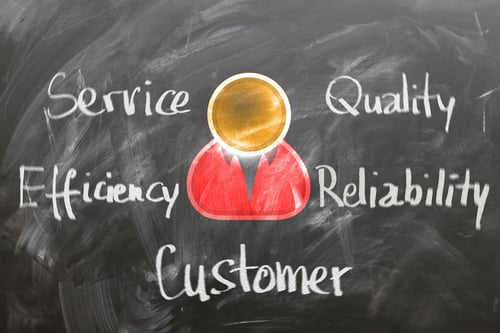 Deadlines, Estimates, and Customer Service
Deadlines, Estimates, and Customer Service
Quality and deadlines matter at every stage of a translation project. It begins with the hiring of a qualified translator and it ends with an accurate, on-time document that doesn’t cost more than the original quote. Never settle for the cheapest quote without investigating if former customers were happy with the service they received and if deadlines or cost estimates were met. Rapport International takes pride in its ability to provide excellent service at a price that won’t change unless job requirements change after a project begins. “Figuring out the best way to do a project is our specialty,” says owner, Wendy Pease, which in any language translates to satisfied customers.
If you’re looking to take the “challenges” out of your technical translation needs, contact Rapport International and find out how a professional translator can help grow your business in today’s international marketplace.
Rapport International specializes in multilingual communications, providing language translation and interpretation services that are accurate and culturally appropriate. We use the right voice and the correct terminology to avoid liability, customize services to your needs, and deliver on time and within your budget. With our 100% satisfaction guarantee, you can trust that it’s done right. Contact us today if you would like more information or to get a free quote.
Popular Posts
Popular industry news, interviews, technologies, and resources.

